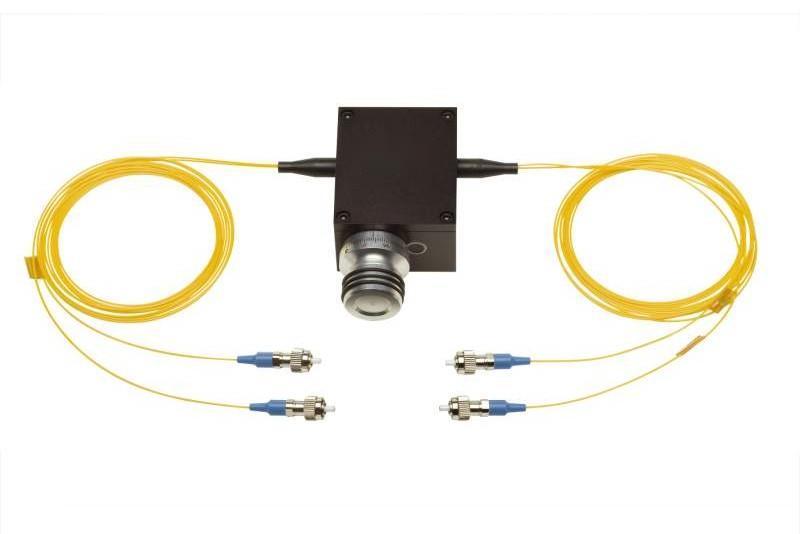Selecting the Perfect AOM Driver: A Guide to Key Considerations

Choosing the right AOM driver is crucial for optimal performance in your acousto-optic modulator (AOM) system. Here's a breakdown of the key factors to consider when making your selection:
Matching the Resonant Frequency
l Paramount Importance: This is the most critical factor. The AOM driver's operating frequency range must align perfectly with the resonant frequency of the AOM crystal you'll be using. Think of them like a tuning fork and a tuning hammer. They need to be in tune for efficient operation.
l Consequences of Mismatch: If the frequencies don't match, the AOM crystal won't vibrate effectively. This can lead to reduced light modulation efficiency, decreased diffraction intensity, and ultimately, compromised performance of your AOM system.
Ensuring Sufficient Output Power
l Power Delivery: The AOM driver needs to deliver enough electrical power (output power) to the AOM's piezoelectric transducer. Imagine the transducer as a speaker. A weak amplifier won't produce enough sound. Similarly, a low-power driver won't provide sufficient power to make the transducer vibrate effectively.
l Impact on Light Modulation: Insufficient output power translates to weaker vibrations in the transducer, resulting in a less pronounced modulation effect on the light beam. This can limit your ability to achieve the desired level of light intensity control or frequency shifting.
Modulation Capabilities (if needed)
l Light Control Features: Not all AOM drivers offer modulation functionalities. If you require features like controlling the intensity (brightness) or frequency of the light beam passing through the AOM, you'll need a driver with built-in modulation capabilities.
l Matching Your Needs: Consider the specific light control requirements of your application. If you only need basic on/off control of the light beam, a standard driver might suffice. But for applications demanding variable light intensity or precise frequency control, a driver with modulation features is essential.
Input Signal Compatibility
l Communication Check: Ensure the AOM driver's input is compatible with the type of electrical signal coming from your control source (e.g., function generator). Think of it as ensuring your devices speak the same language.
l Signal Type and Strength: Factors like the voltage level and impedance of the control signal need to match the driver's input specifications. Mismatches can lead to signal distortion or even damage to the driver. Consulting the datasheets of both the driver and your control source will ensure compatibility.
By carefully considering these factors and consulting the technical specifications of the AOM driver and your AOM crystal, you can select the perfect driver to optimize the performance of your acousto-optic modulator system and achieve the desired level of light control.
- Art
- Causes
- Crafts
- Dance
- Drinks
- Film
- Fitness
- Food
- Jeux
- Gardening
- Health
- Domicile
- Literature
- Music
- Networking
- Autre
- Party
- Religion
- Shopping
- Sports
- Theater
- Wellness


